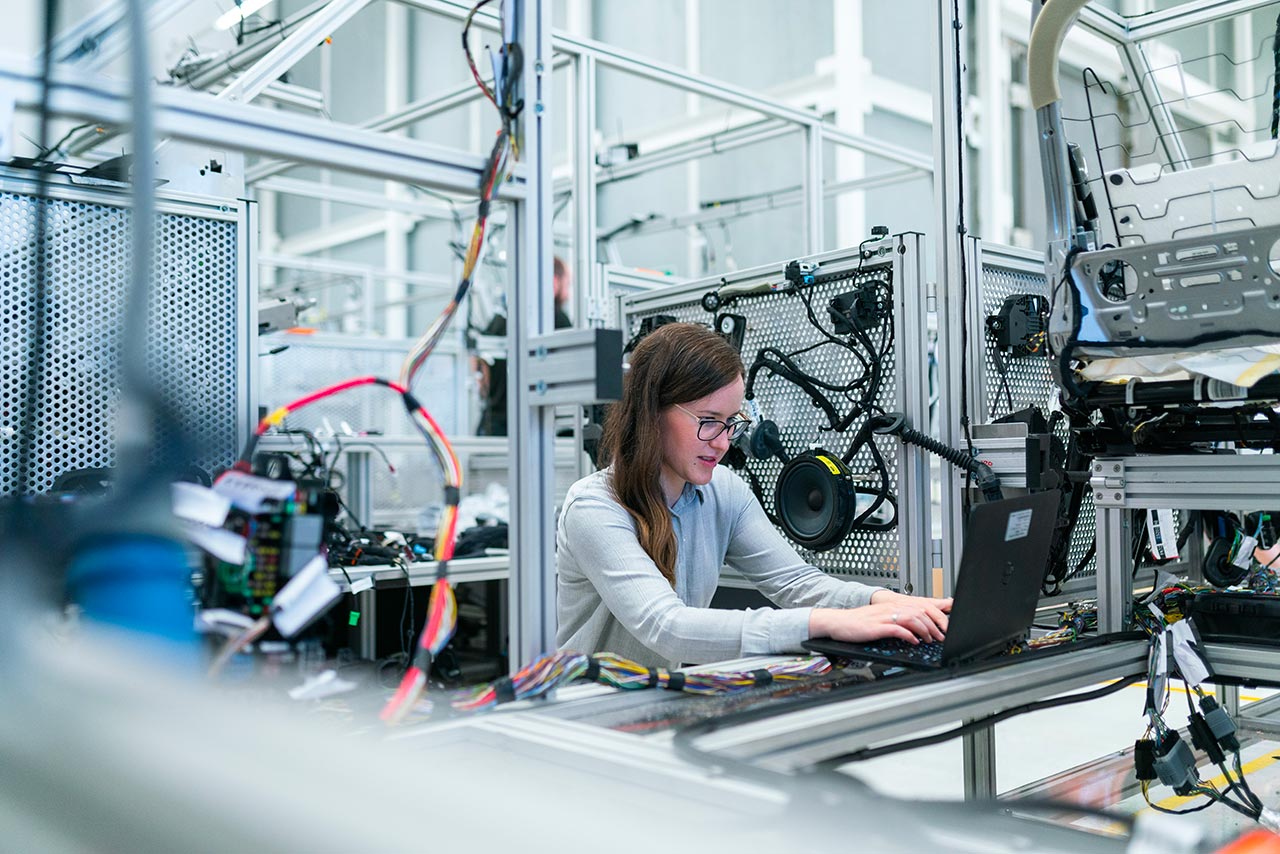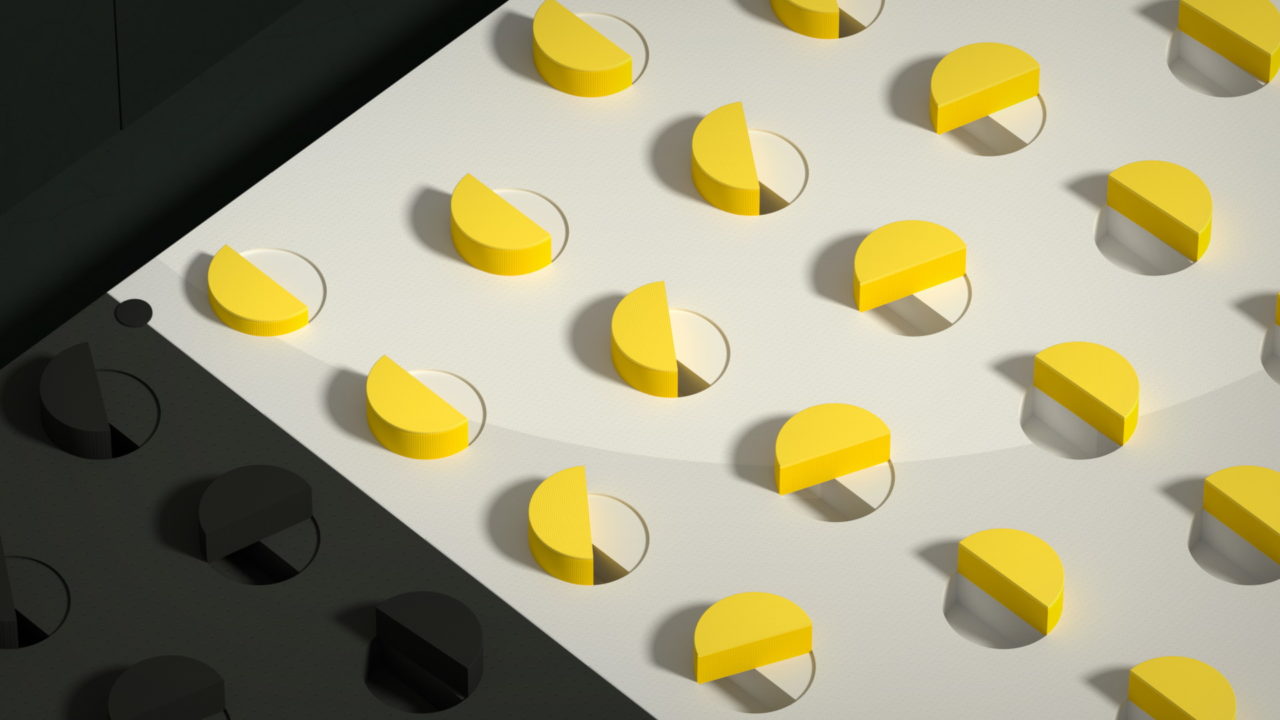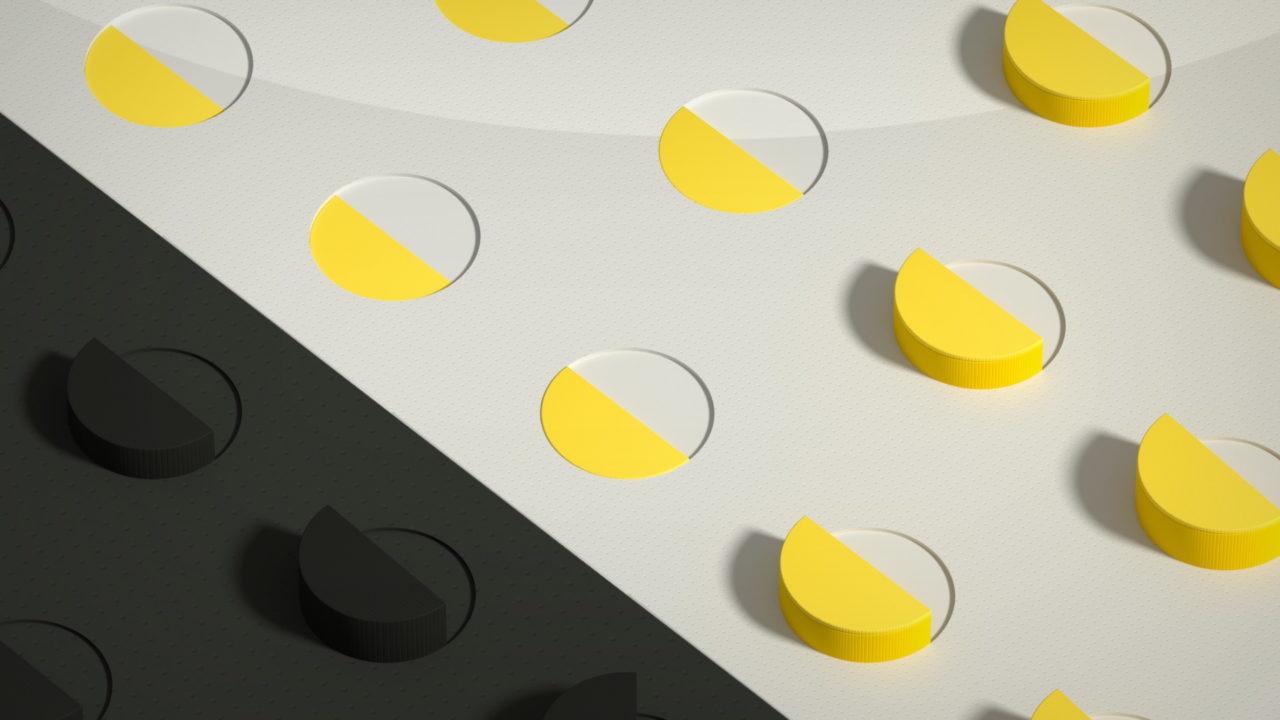Digital Twin in production
On the data highway to the future
Development cycles for new features have become increasingly shorter, as the competition in the digitalization race is getting increasingly tougher. At the same time, the tasks in production and supply chain management are becoming more complex every day. Complaints and returns are part of the norm, data flows have long since become global, and quality is no longer only seen in the finished part.
Would you like to know how your large and small machines are performing in everyday production at any given time – and to do so even before you spend a lot of money buying them? Then you need a Digital Twin.
What is understood by Digital Twin in production
A Digital Twin is essentially virtualization technology and enables transparency and tracking at every point of the product life cycle. With the Digital Twin you create an identical, digital image of your product or process and can thus influence all developments at any time, from the conception phase through development to delivery and use to the end of service, and quickly develop new features for greater customer benefits.
With a Digital Twin it is possible to support new and expanded business objectives. According to Gartner, there are these three types of Digital Twins: discrete, composite, and organizational. The analyst company considers models, data, a one-to-one association, and verifiability to be necessary elements for achieving these business objectives. Optional elements include analysis, control, and simulation.

Big data as the basis for the Smart Factory
The days of drawing boards and planning in closed rooms are over. The Digital Twin is fed with sensor data and can thus realistically play through any scenario in your production company. Digital Twins are not only graphic replicas, but also and especially data bundles (big data), which are generated in real time and constantly updated. The construction of elaborate prototypes can thus be accelerated and can even be partially replaced.
You can also combine several Digital Twins into a series simulation to validate the interaction of several solutions. In this way you create more value for your company and can react flexibly to the wishes of your customers. The road to the smart factory is not long anymore and doesn’t have to be a pipe dream for your production facility.
The advantages of a Digital Twin are both appropriate and important for many branches of industrial manufacturing:
Shorter go-to-market phases thanks to Digital Twins
As early as the development stage, the Digital Twin makes it possible to see the finished end product with all its functions. Later areas of application and regulatory requirements can be realistically simulated. This can be done easily and cost-effectively and thus noticeably reduces the go-to-market phase. It also allows customers to digitally experience your product early on in the process. With the additional support of artificial intelligence, the Digital Twin can also be further developed semi-automatically.
Make fast, data-based decisions by being up-to-date
By incorporating production measurement data from simulation or real-world application scenarios, the Digital Twin can be continuously developed and adapted. Use under new operating conditions and the effect on the product can also be considered this way. The up-to-date nature of the data also ensures a data-based service design that corresponds to the product. Maintenance cycles, spare parts management, and resource planning (supply planning) at the customer’s site can be easily guaranteed.
Develop new products based on evidence instead of intuition
New and further developments have never been so free of surprises as when using a Digital Twin. The application and simulation data provide an evidence-based foundation for your research and development department. Furthermore, customer feedback can also be taken directly into account.
It is also possible to store and call up experiences with suppliers and the quality of individual components in the Digital Twin. This means that the next version of a product automatically becomes a success.
But with EdgeOne we go even further
Individual products or entire chains are possible as Digital Twins with the Germanedge platform for MES and MOM, EdgeOne. Data from measurement and simulation scenarios are available in real-time in a single interface for all employees from R&D to Service. EdgeOne displays the entire product lifecycle in a user-friendly and user-optimized way, allowing customers to experience their product digitally at any time.
EdgeOne combines all important processes for product development and manufacturing. The representation reaches all the way to the recording of individual components. The Digital Twin collects all sensor data completely automatically and connects them with data from the ERP system (e.g. SAP). Seamless, silo-free data acquisition and processing is thus always guaranteed.

Get in touch!
Would you like to know more about our solutions? Then please write us using the contact form. My colleagues and I look forward to exchanging ideas with you.

Dominik Weggler
Head of Sales Germanedge


